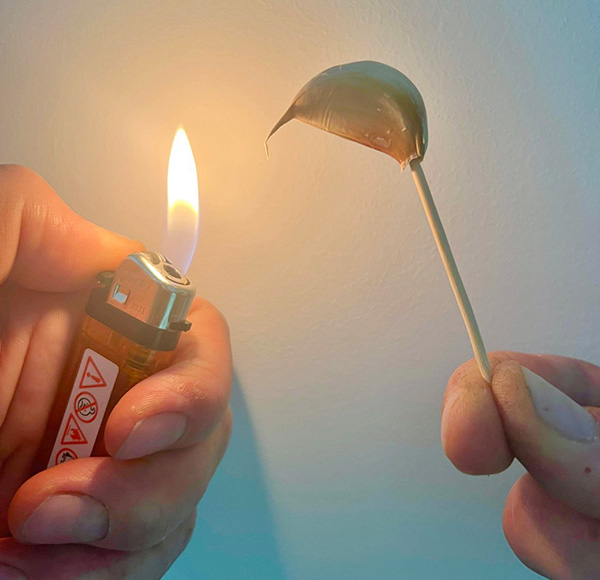Pure Magic: Burning a Clove of Garlic, What Happens After 15 Minutes at Home?
The plethora of health benefits offered by garlic are well acknowledged; however, the astounding transformations it undergoes after being burnt for 15 minutes are truly remarkable.

The Historical Essence of Garlic
Since antiquity, garlic has been revered for its extensive range of benefits, predominantly related to health. Many prefer consuming it in its raw form, attributing various health enhancements to its intake. Additionally, some traditions and beliefs emphasize that burning garlic can yield supplementary benefits at home.
Delving into Garlic’s Advantages
Throughout history, the inherent properties of natural products have been cherished, serving as natural curatives. Garlic stands out for its multifaceted uses spanning medicinal, hygienic, and cosmetic applications. It has consistently showcased palpable benefits, with several cultures recommending the intake of raw garlic for individuals with elevated blood pressure.
Before the proliferation of modern pharmacology and accessible medications, natural ingredients were the trusted remedies once their efficacy was established.
Varied Applications of Garlic
Garlic is distinguished by its numerous health-promoting attributes:
- Antibiotic and Antifungal:
With allicin as a prime component, it acts as a formidable antibacterial agent, assisting in the fight against bacterial growth and fungal developments. - Antiviral Qualities:
Beyond folklore remedies, garlic holds a position in scientific discourse, believed by some to possess potential antiviral properties, though research is ongoing. - Cholesterol and Blood Pressure Management:
Consumption of garlic is known to mitigate LDL levels and is widely utilized to regulate blood pressure. - Skincare Advantages:
It extends benefits beyond culinary applications, preventing acne due to its starchy and mucilaginous components, and provides potent antioxidant and anti-inflammatory properties beneficial for kidneys and liver.
Unraveling Burnt Garlic
Scientific Perspective of Burning Garlic
Chemical Reconfiguration:
The heating process induces various chemical alterations in garlic. Allicin, its fundamental compound, decomposes, possibly forming different compounds altering taste and health implications.
Nutrient Alteration:
Extended exposure to elevated temperatures might deplete some vitamins and minerals in garlic, while enhancing flavors and releasing different aromatic elements.
Culinary Implications
Flavor Transformation:
The burning process modifies the flavor of garlic from its original sharp, pungent taste to a softer, nuttier, and somewhat bitter flavor, enriching a variety of dishes and sauces.
Culinary Utilizations:
Burnt garlic is notably utilized in some Asian cuisines, enriching noodles, rice dishes, and soups with its unique burnt garlic oil or sauce.
Medicinal Insights Post-Burning
Historically, burnt garlic was attributed with distinct medicinal attributes. Though the process of burning might diminish some of garlic’s innate benefits, several cultures still consider burnt garlic a remedy for ailments like toothaches. Consulting scientific literature and healthcare professionals is crucial when considering burnt garlic or other natural elements for medicinal applications.
Spiritual Beliefs: Myths or Truths?
Burning garlic is perceived in some cultures to dispel evil spirits or misfortune. These claims, lacking scientific substantiation, underline the diverse cultural significances and myriad beliefs associated with this modest ingredient.
Conclusion
Exploring burnt garlic goes beyond a culinary adventure; it intertwines with the rich history, diverse cultures, and intricate sciences. Whether it’s a flavor experiment, a journey through ancient traditions, or a pursuit to satiate inquisitiveness, burnt garlic unfolds an intriguing narrative. As with any practice, be it for consumption or medicinal applications, a balanced approach of curiosity and prudence is essential.



















